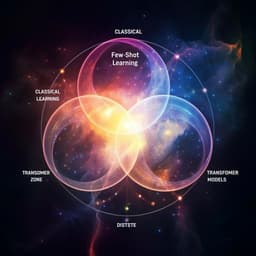
Engineering and Technology
Bayesian Linear Regression for Accurate and Efficient Atomistic Machine Learning Models
C. V. D. Oord
Discover how C. van der Oord is revolutionizing material property predictions with a groundbreaking Bayesian approach to linear regression that enhances both accuracy and efficiency in atomistic machine learning models, specifically the Accurate and Efficient (ACE) model.
~3 min • Beginner • English
Related Publications
Explore these studies to deepen your understanding of the subject.







